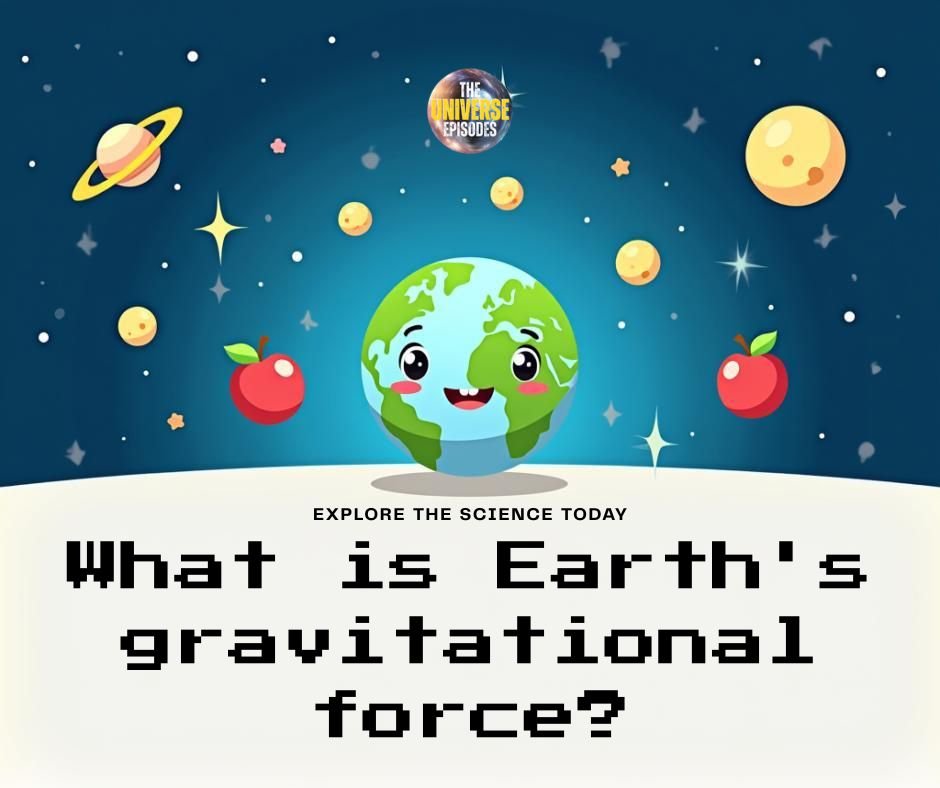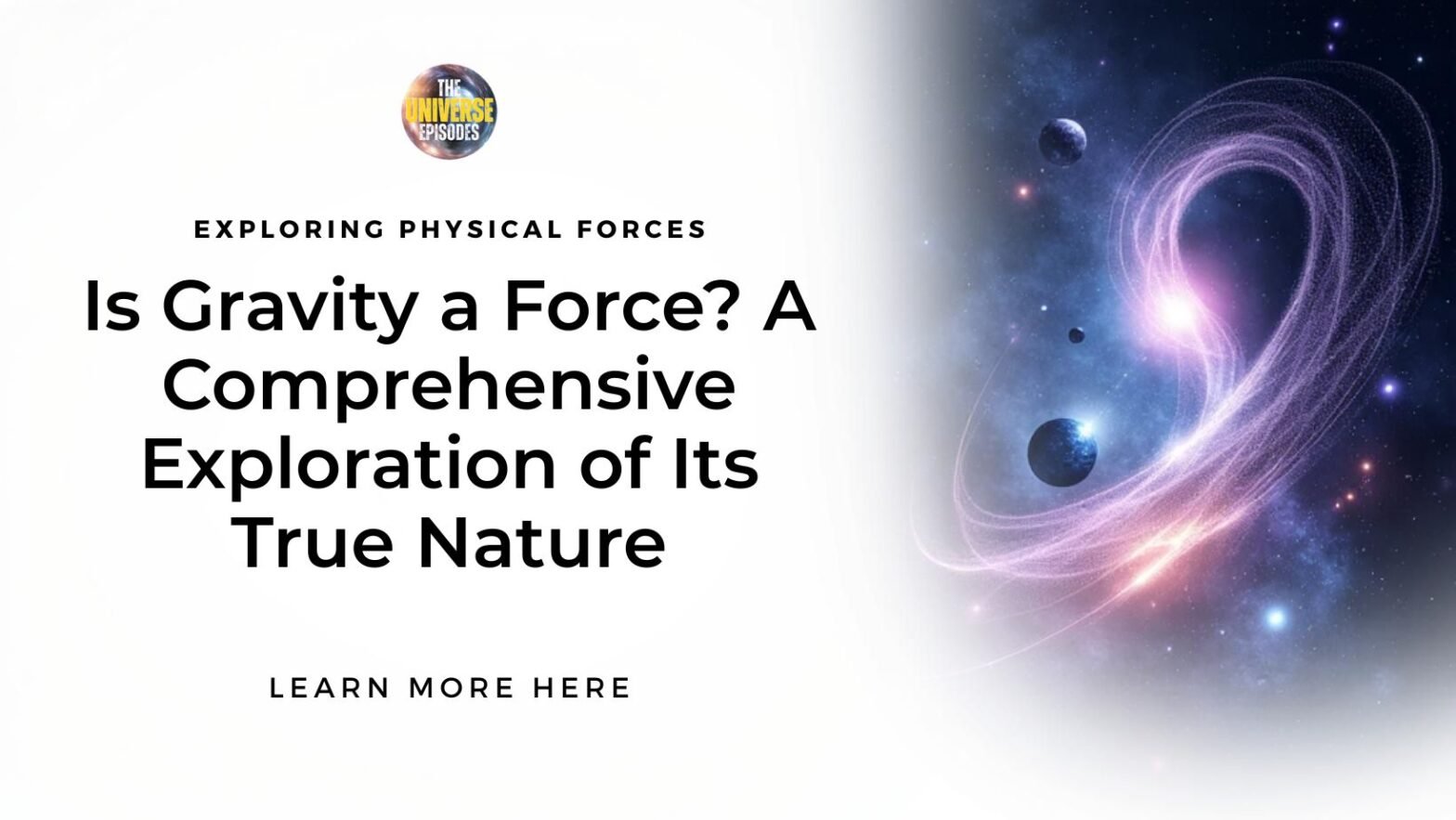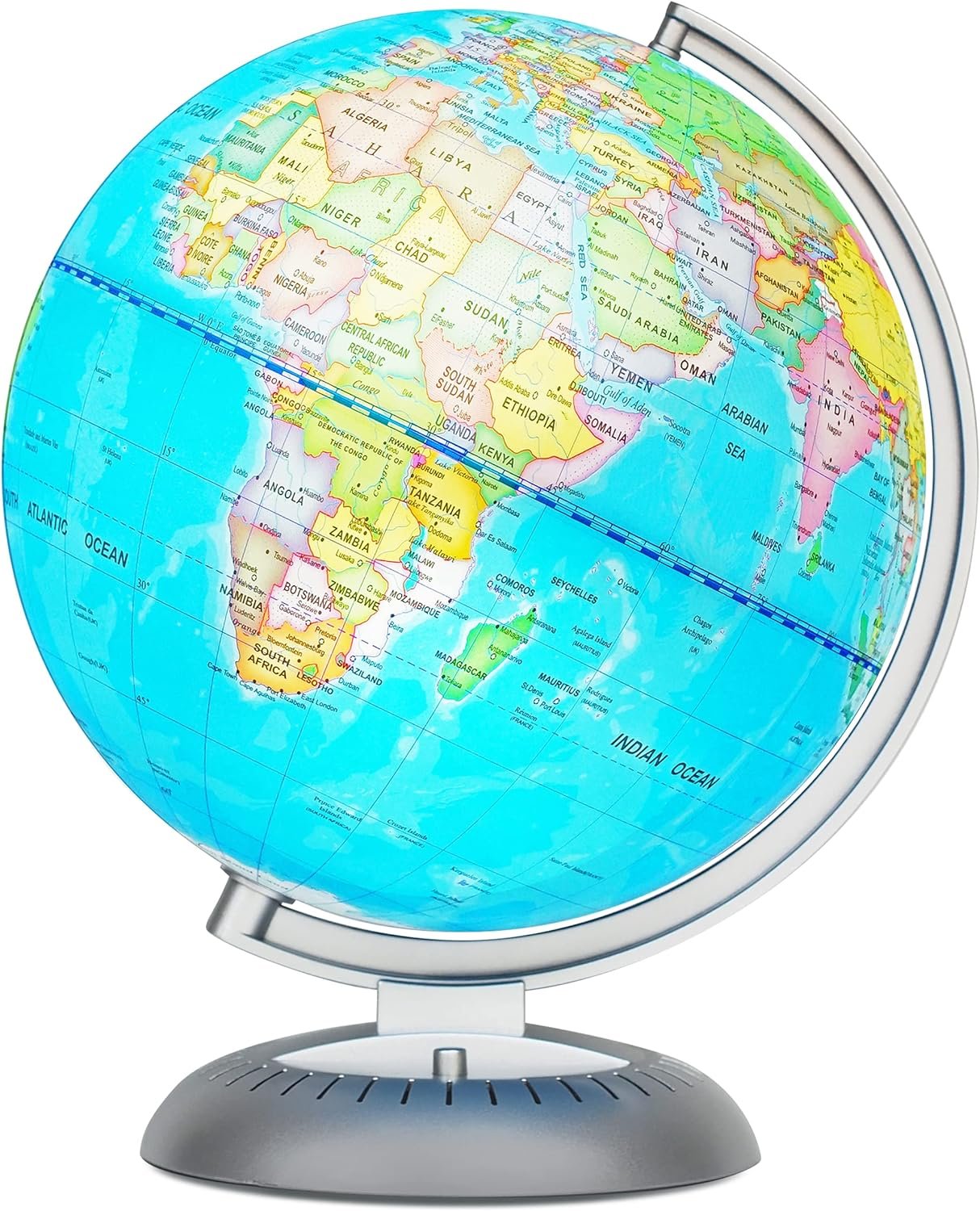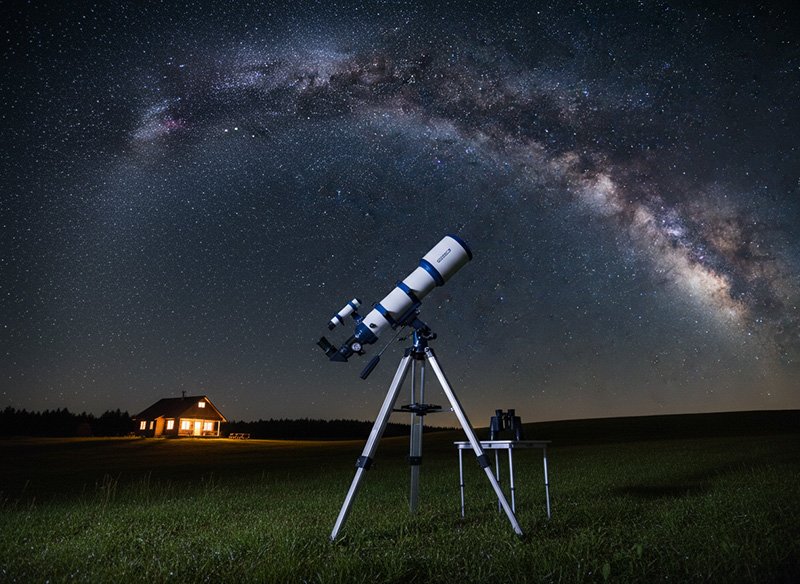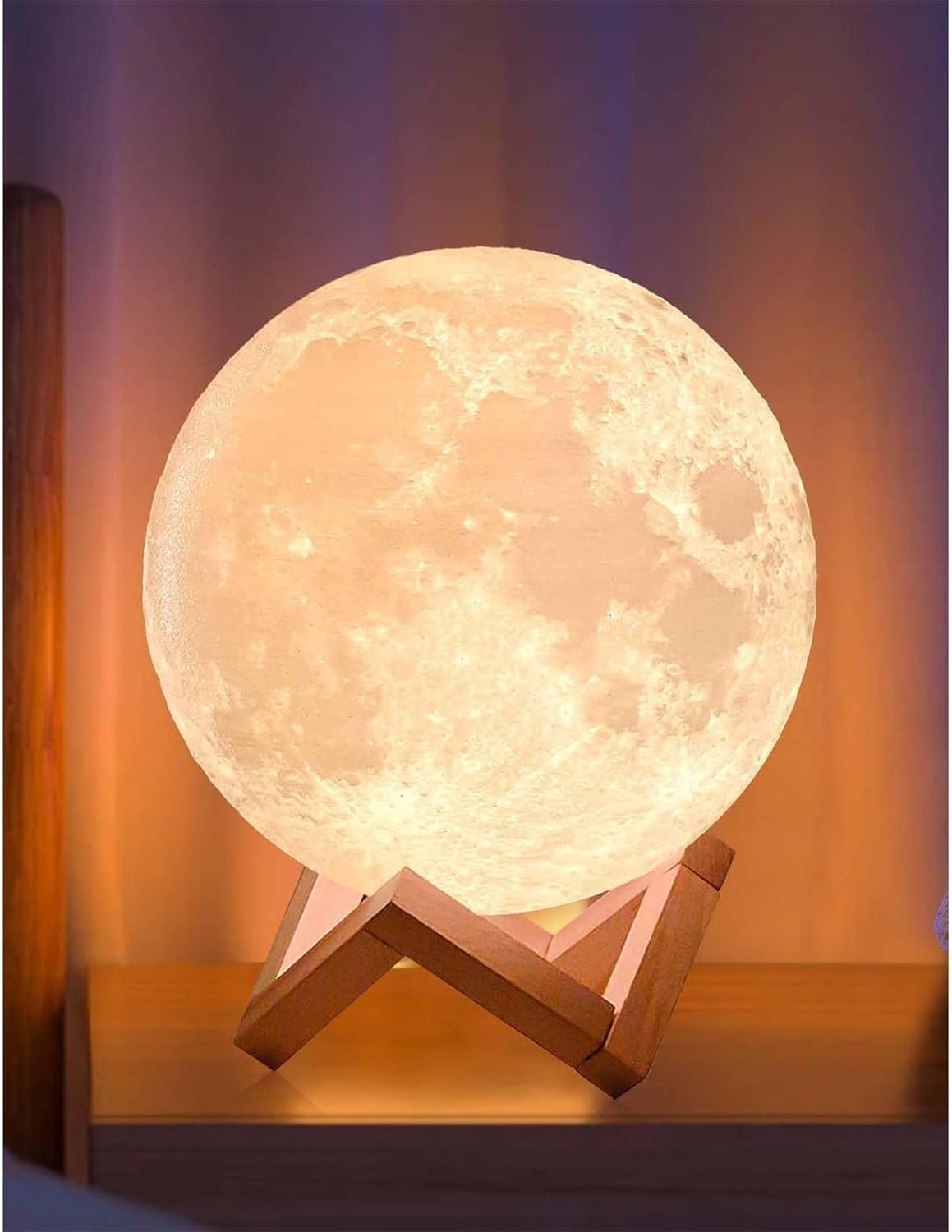Takeaways
- Gravity on Earth varies subtly with location, making you about 0.5% heavier at the poles than at the equator due to Earth’s shape and rotation.
- The acceleration due to gravity, approximately 9.81 m/s², decreases with altitude—on Mount Everest, it drops to about 9.77 m/s².
- Local geological features like dense rock formations cause measurable gravity anomalies detectable by gravimeters, used for resource exploration.
- Modern technologies such as GPS rely on Einstein’s theory of gravity (General Relativity) to correct for gravitational time differences and ensure accuracy.
- Gravity is not just a fixed force but a dynamic interaction shaping everything from daily life and engineering projects to spaceflight and our understanding of the universe.
The force of gravity on Earth is what keeps us grounded—literally. It pulls us toward the planet’s center, holds our atmosphere in place, creates tides, and governs the motion of everything from falling apples to orbiting satellites. But what exactly is this force, and why does it matter so much?
In this post, we’ll explore the science behind gravity on Earth, how it’s measured, why it varies by location, and how it fits into both classical and modern physics. Whether you’re a student, teacher, or curious learner, this comprehensive guide will give you a full understanding of Earth’s gravitational force.
Gravity: The Force That Shapes Our World

Gravity is one of the four fundamental forces of nature. Unlike electromagnetism or the nuclear forces, gravity is always attractive and has an infinite range. This makes it the dominant force on large scales—governing the structure of planets, stars, and galaxies.
Even though it’s the weakest force at the atomic level, gravity is what gives objects weight and enables life as we know it. Without it, the atmosphere would drift off into space, oceans wouldn’t exist, and you wouldn’t be reading this post—because there would be no Earth as we know it.
Newton’s Law of Universal Gravitation
In 1687, Sir Isaac Newton introduced a revolutionary idea: the same force that causes apples to fall also keeps the Moon in orbit. He expressed this in his Universal Law of Gravitation:
F = G × (m₁ × m₂) / r²
Where:
- F is the gravitational force
- G is the gravitational constant (≈ 6.67430 × 10⁻¹¹ m³/kg·s²)
- m₁ and m₂ are the masses of the two objects
- r is the distance between their centers
For objects near Earth’s surface, this equation simplifies significantly.
The Simplified Equation: F = m × g
When dealing with gravity near Earth’s surface, we often use the simplified formula:
F = m × g
Here:
- m is the mass of the object (in kilograms)
- g is the acceleration due to gravity, approximately 9.81 m/s²
- F is the object’s weight (in newtons)
Example: A 60 kg person experiences a gravitational force of:
F = 60 kg × 9.81 m/s² = 588.6 N
This force is what you feel as “weight”—your body’s resistance against Earth pulling you downward.
What Determines the Value of g?
Earth’s gravity depends on two factors:
- Mass of the Earth (≈ 5.972 × 10²⁴ kg)
- Distance from Earth’s center (mean radius ≈ 6,371 km)
Plug these into Newton’s equation and you get:
g = G × M / R² ≈ 9.81 m/s²
But that value isn’t fixed everywhere. Gravity varies across the planet depending on several key factors.
Why Gravity Varies on Earth
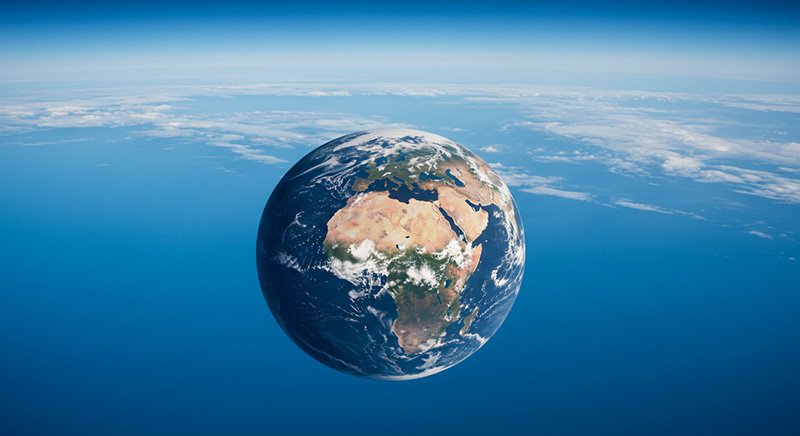
1. Latitude
Earth isn’t a perfect sphere; it bulges at the equator due to its rotation. This makes you slightly farther from Earth’s center at the equator compared to the poles. As a result:
- g ≈ 9.780 m/s² at the equator
- g ≈ 9.832 m/s² at the poles
The centrifugal force from Earth’s spin also reduces gravity at the equator by about 0.3%.
Conclusion: You weigh about 0.5% more at the poles than at the equator.
2. Elevation
Gravity decreases as you move farther from Earth’s center. For example:
- At sea level: g ≈ 9.81 m/s²
- At Mount Everest: g ≈ 9.77 m/s²
This is due to the inverse-square law: gravity weakens with the square of the distance.
3. Local Geology
Subsurface materials affect local gravity. Dense rock formations, mountains, or ore deposits can create tiny gravity “anomalies.” These differences are:
- Detected using gravimeters
- Used in oil, gas, and mineral exploration
A dense mountain increases local gravity slightly; a deep trench or cave reduces it.
Everyday Examples of Gravity
- Walking: Gravity pulls your body down, and friction pushes back to let you move.
- Pouring water: Gravity ensures liquid flows downward.
- Tides: Caused by gravitational forces between Earth, the Moon, and the Sun.
- Air pressure: Our atmosphere stays intact because gravity holds it close to Earth.
From Newton to Einstein: A Deeper View of Gravity
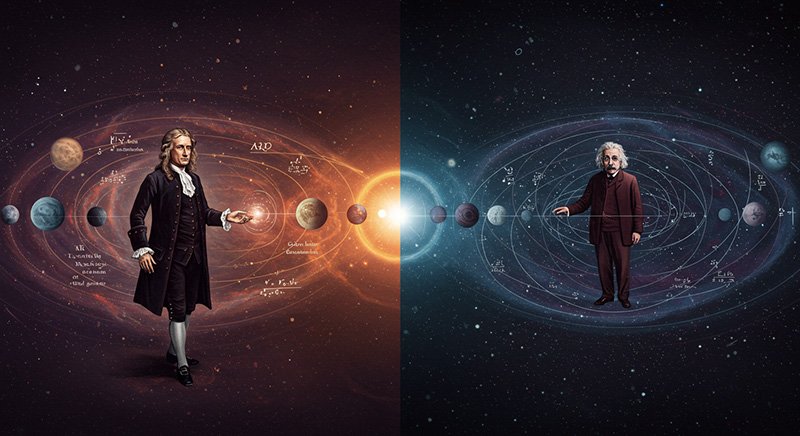
In 1915, Albert Einstein redefined gravity with his General Theory of Relativity. Rather than seeing gravity as a force, he saw it as the curvature of spacetime caused by mass.
In this view:
- Massive bodies bend spacetime.
- Objects follow curved paths (geodesics) within that spacetime.
- “Falling” objects are simply moving along these curves.
This model explains extreme phenomena like black holes and gravitational waves and is essential for technologies like GPS.
Gravity and Practical Applications
In Engineering
- Construction projects adjust for local gravity to ensure structural accuracy.
- Dams, bridges, and high-rise buildings must consider precise gravitational loads.
In Spaceflight
- Rockets need to overcome Earth’s gravity (escape velocity ≈ 11.2 km/s).
- Satellites orbit Earth by balancing gravitational pull with forward velocity.
In Navigation
- GPS systems must account for tiny time differences caused by gravitational variations—predicted by Einstein’s theory.
Summary: Understanding the Force of Gravity on Earth
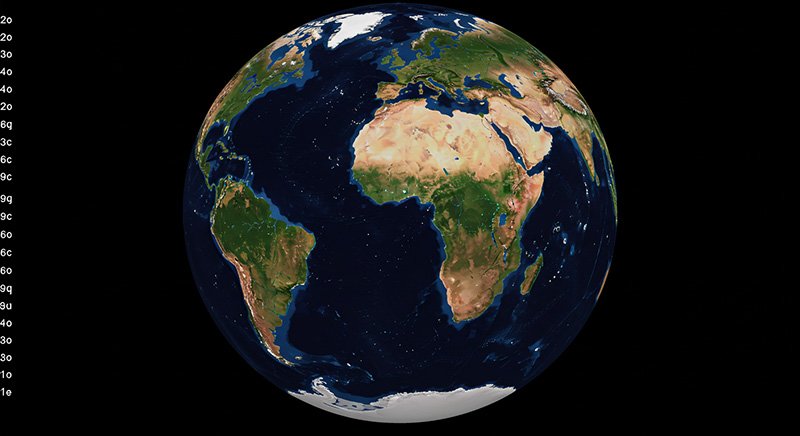
| Factor | Effect on Gravity |
|---|---|
| Latitude | Lower at equator, higher at poles |
| Elevation | Higher elevation = weaker gravity |
| Local geology | Dense materials increase gravity |
| Earth’s shape | Oblate shape + rotation = variations |
Takeaway: Gravity on Earth isn’t just a constant—it’s a dynamic force that varies with your location and surroundings.
Final Thoughts
The force of gravity on Earth is more than just a number in a physics formula. It’s a foundational force that affects everything from how we move to how our planet functions. Understanding it not only explains everyday phenomena—it opens the door to exploring the cosmos, launching spacecraft, and designing the future.
Whether you’re calculating your weight on another planet or designing a high-rise building, gravity is always part of the equation.
Sources:
- Newton, I. (1687). Philosophiæ Naturalis Principia Mathematica.
Full digital Latin/English text available via the University of Cambridge - CODATA / NIST: Fundamental Physical Constants.
Official values of G and other constants, published by NIST (National Institute of Standards and Technology) - NASA Earth Fact Sheet.
Includes Earth’s mass, radius, gravity, and orbital characteristics (by NASA Goddard) - Einstein, A. (1915). General Theory of Relativity.
English translation of Einstein’s original 1915 paper (via Caltech) - U.S. Geological Survey (USGS): Gravity Anomalies and Geophysical Data.
Gravity field data and geological applications by USGS

